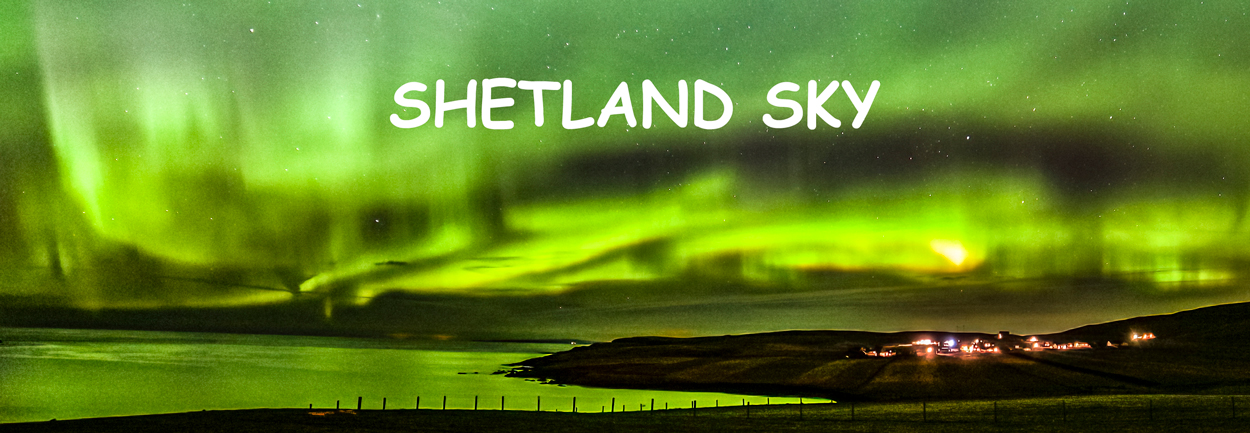
According to predictions, a little-known comet will pass perihelion in early May of 2014 and, two weeks later, sandblast Earth with dust particles spread along its orbit.
NASA / JPL / Horizons
Just 18 days later, we should cross through dozens of particle streams shed during past orbits. The predictions are still rough, but three different models suggest the sky show could be spectacular. "All the trails ejected between 1803 and 1924 cross Earth's path in May 2014," notes Jérémie Vaubaillon (IMCEE, France). "As a consequence, this shower might as well be a storm," with the potential to see more than 1,000 meteors per hour under ideal conditions.
That's the same conclusion reached by Russian meteor sleuth Mikhail Maslov, who thinks at least 100 to 400 meteors — and quite possibly many more — should rain down per hour. But he cautions that Comet 209P/LINEAR is small and hasn't been observed much. Moreover, outbursts of meteors linked to this comet haven't been noted in the past.
The potential for a strong showing in 2014 was first pointed out by meteor specialists Esko Lyytinen and Peter Jenniskens, but detailed calculations by Vaubaillon and Maslov have heightened the anticipation.
Although darkness in Shetland will be at a premium at that time of year its worth staying up to see this shower
